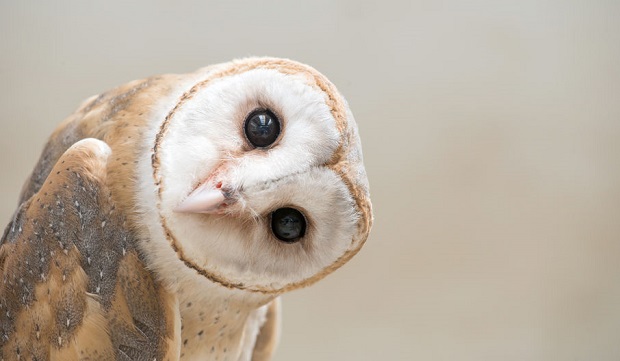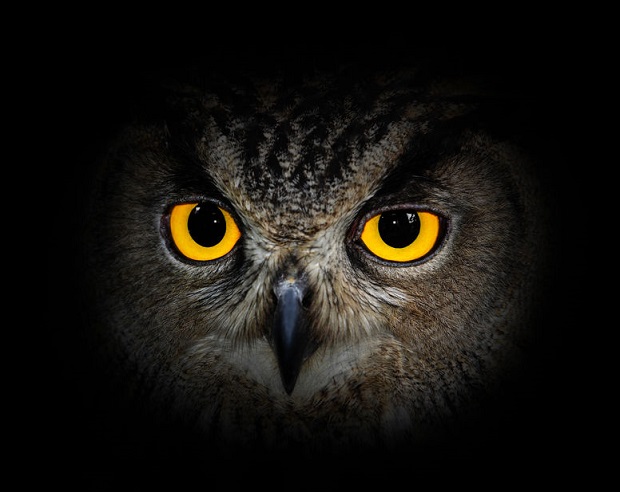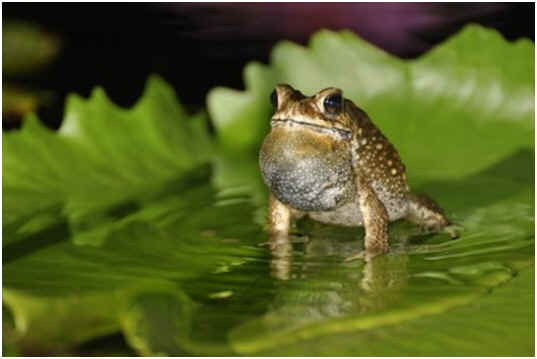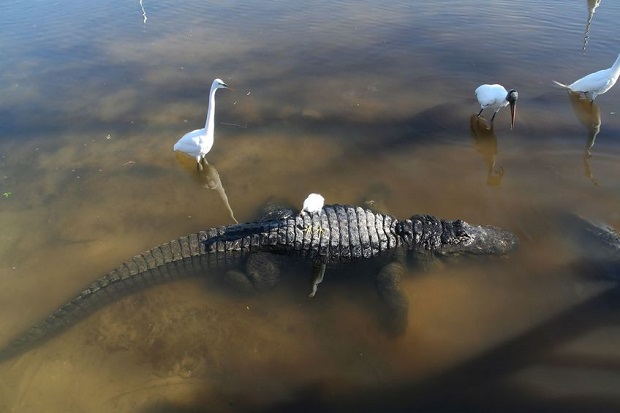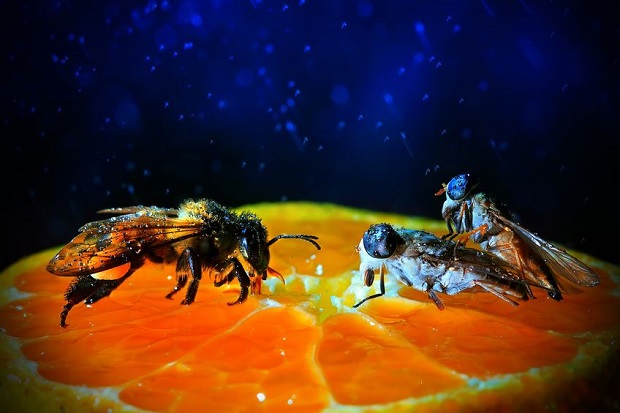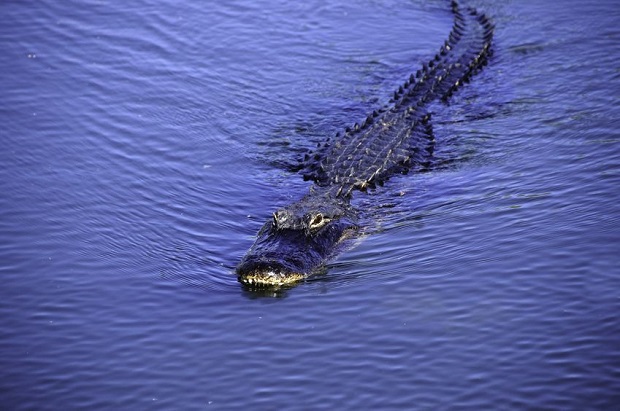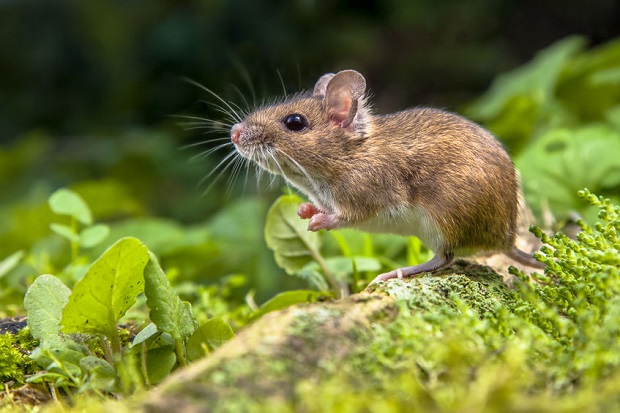
Carnivorous bats eat mice. They also feed on tasty treats such as frogs, birds, fish, and even other bats.
More Info: Unless you live in a tropical region, don’t expect the bats in your backyard to tackle your rodent problem. Fewer than one percent of bat species are carnivorous. [1] Now, if you have an insect problem, that’s another story. Most bat species are insectivores feeding on various insects that fly at night, such as moths, gnats, flies, crickets, and even wasps. One small bat can eat up to 1,000+ small insects in one hour! Further, a nursing mother bat eats four times that! [2]
Jump Ahead
- What Carnivorous Bats Eat
- Carnivorous Bat Species That Eat Mice
- More Carnivorous Bats
- What Carnivorous Bats Have In Common
- Resources
What Carnivorous Bats Eat
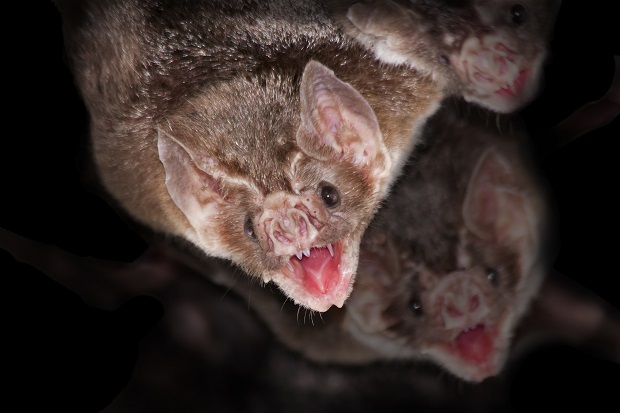
Carnivorous bats eat a variety of prey, including mice, birds, frogs, fish, and even other bats. The false vampire bat, for example, will eat rodents, insects, and spiders. The frog-eating bat eats…you guessed it . . . frogs. These bats can eat up to 40 frogs in a single day. [3] The vampire bat is the only mammal that feeds solely on blood. Cows and horses are their primary prey, but these bats have been known to feed on humans. The bat’s bite is not deadly but can carry infection and disease. [4]
Like their insectivorous kin, carnivorous bats can capture prey in continuous flight, but they are also known to sit in wait and ambush their prey from the ground. [5]
Another interesting fact about the diet of a carnivorous bat is that all carnivorous bats are osteophagous. These bats eat the bones of their prey along with the soft tissue! [6]
Carnivorous Bat Species That Eat Mice

The largest group of carnivorous bats that eat mice and other small vertebrates belong to the species known collectively as false vampire bats. These bats are thought to be monogamous for life. They roost together, and though both parents bring food to the young, the mother usually stays with the young while the father hunts. These bats feed on rodents, birds, and other bats. These bats comprise several different species that can be found across the globe. [7]
African False Vampire Bat (Cardioderma cor) is found in East Africa.
Asian False Vampire Bat (Megaderma lyra and M. spasma) can be found in eastern Pakistan, India, southeastern China, Indonesia, and the Philippines.
Australian Giant False Vampire Bat (Macroderma gigas) is native to Australia and New Guinea and is the largest of the old-world bats.
Linnaeus’s False Vampire Bat (Vampyrum spectrum) lives primarily in Central and South America. This species is the largest bat species in the New World.
More Carnivorous Bats
Large Slit-Faced Bats (Nycteris grandis) are another carnivorous bat species that will eat small invertebrates such as mice. These bats are found throughout central and southern Africa. These bats are opportunistic feeders preying on whatever food is available at any given time. [8]
Greater Spear-Nosed Bat (Phyllostomus hastatus) is primarily an insectivore but will eat small vertebrates, including mice, birds, and other bats. This bat species is native to Central and South America. [9]
What Carnivorous Bats Have in Common
Carnivorous bats are physically different from insectivorous bats. They tend to be larger, with longer snouts helping them to manage larger prey. [10]
Resources
- [1] [3] [7] French, Barbara. “False Vampires and Other Carnivores.” BATS Magazine 15.2 (1997): 1. Print.
- [2] United States Department of Agriculture – “Calculate the Value of Bats.“
- [4] Texas Tech University – Natural Science Research Laboratory – “Vampire Bats – The Good, The Bad, and The Amazing.“
- [5] Stidsholt, Laura; eLife – “Echolocating bats prefer a high risk-high gain foraging strategy to increase prey profitability.”
- [6] Santana, Sharlene; Proceedings of the Royal Society B; “Go big or go fish: morphological specializations in carnivorous bats.”
- [8] Encyclopedia.com – “Slit-Faced Bats: Nycteridae.”
- [9] [10] Berkovitz, Barry. “The Teeth of Mammalian Vertebrates.” Academic Press. 2018.
